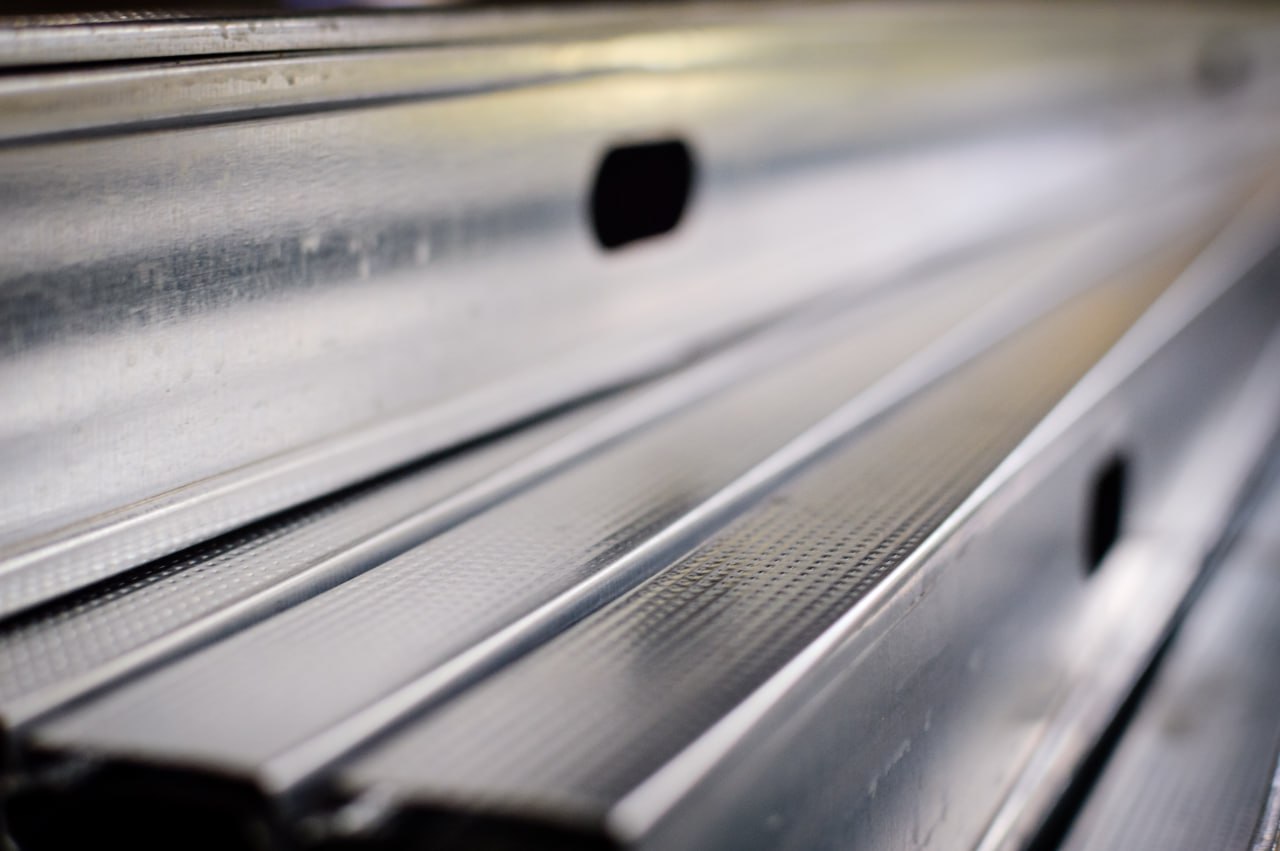Structural vs. Aesthetic: Galvanized Steel Lintel or Concealed Cable Routing for Architectural Projects

In UAE construction, every project requires an architect and an engineer to take a balanced approach to the selection of materials and constructive solutions. One of the important issues is the choice between a durable galvanized steel bridge and an aesthetically pleasing concealed cable routing. In Dubai, where the climate with high humidity and salty air creates a risk of corrosion, and architecture must remain expressive and durable, the right decision affects not only the safety of the building, but also its visual image.
The Constructive Role and Durability of Galvanized Lintels
A galvanized steel lintel (GI lintel) is a horizontal element that covers openings above windows or doors, distributing the load on the walls. Unlike their wooden or stone counterparts, GI lintels are lighter, more resistant to moisture and have fire resistance. Their thickness, such as that of the U channel lintel DBL103, is 2 mm, which provides sufficient rigidity with less weight. The zinc protective layer creates a barrier against rust and significantly prolongs the service life of the structure.
Practice in the region shows that the materials for projects match by 70-80%, and it is galvanized steel that most often becomes the optimal choice due to its high load-bearing capacity and ease of installation. The minimum length of the lintel support on the wall should be at least 150 mm on each side so that the load is transmitted evenly. These figures are fixed in engineering regulations and confirm the importance of strict compliance with building standards.
Aesthetics and Functionality of Concealed Cable Routing
The hidden cable laying is perceived more as an architectural touch than as a constructive element. It allows you to eliminate visible boxes and metal channels, while maintaining clean lines in the interior and facades. Thin stainless steel cables and neatly integrated channels create a modern, minimalistic effect, especially in demand in premium residential complexes and commercial centers.
However, such a system also has design limitations. Unlike a steel bridge, which carries the weight of the masonry, cable solutions are not designed for load, but serve as an addition to the careful placement of utility networks. Compliance with the standards is more important here: proper tension, retention of the mounting pitch and compliance with the requirements for horizontal and vertical loads.
Comparison of Operational Characteristics
When choosing between a GI jumper and a concealed cable routing, technical and operational factors must be taken into account. Galvanized steel can withstand the effects of moisture and salt, which is critical for the Persian Gulf coast. Even if signs of wear appear, the surface can be re-digitized, keeping the inner layers of the metal in good condition. This maintainability reduces maintenance costs. Cable solutions are easier to adapt to interior repairs, but their durability depends on the quality of the stainless steel and the accuracy of the installation. Tension errors can lead to a weakening of the structure and a violation of aesthetics. Unlike jumpers, which have been in operation for decades, cable systems require periodic adjustment.
Environmental Friendliness and Architectural Perspectives
Sustainability of construction is becoming an important argument in the UAE. Both solutions meet environmental requirements: steel is completely recyclable, and zinc uses zinc, which is also returned to the production cycle. The long service life of GI jumpers and stainless cables reduces the need for replacement, reducing construction waste.
Architects choose between the industrial aesthetics of the galvanized surface and the elegant transparency of the cable solutions. In exterior structures where load-bearing capacity and fire resistance are important, steel lintels are preferred. In high-level interiors, where the emphasis is on minimalism, hidden trails and cable systems create the necessary visual effect.
The Verdict
The choice between galvanized lintels and concealed cable laying in Dubai projects depends on priorities, the choice between structural reliability or visual harmony. If guaranteed durability, compliance with standards and fire protection are required, GI lintel remains the only alternative solution. When the task is reduced to creating an easy, open and modern aesthetic, cable routes become an architect's tool. An optimal project often combines both approaches, forming a balance between safety and expressiveness of the space.

